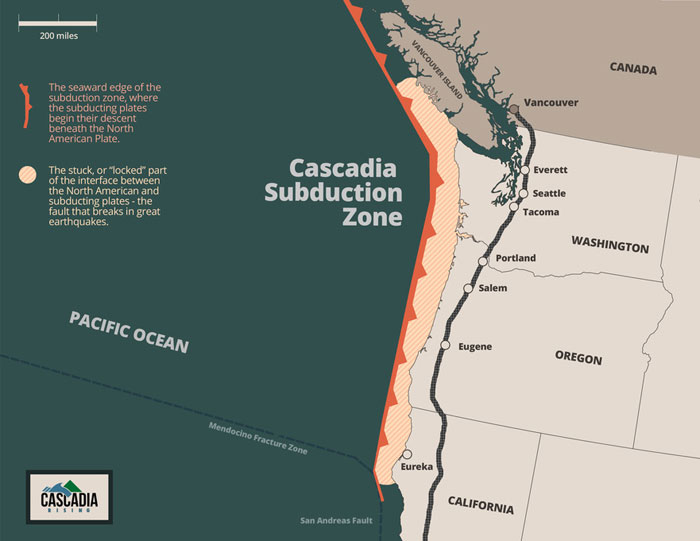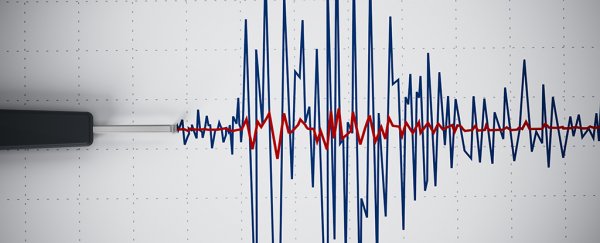This week, more than 20,500 personnel from government and healthcare agencies are involved in Cascadia Rising – the name the US government has given to a huge training exercise designed to prepare the Pacific Northwest for a catastrophic earthquake.
A mammoth quake of 9.0 magnitude or greater is expected in the not-too-distant future, so the White House has teamed up with the Canadian authorities to learn lessons from the 2011 earthquake that rocked Japan (and which also scored 9.0 in magnitude).
While many of the buildings in Japan held up well, it was the subsequent tsunami that caused widespread damage, and the US wants to be as prepared as it can be if something similar happens on its shores, Motherboard's Kate Lunau reports.
While no evacuations are taking place, Cascadia Rising is using various emergency scenarios to test communication capabilities, medical supply routes, and transportation issues.
Fortunately, seismologists say it's more a question of if, not when, a mega-quake hits the region. The Cascadia Subduction Zone (CSZ), which runs for some 620 miles (997 km) from Vancouver Island to California, is the source of the concern – it's been responsible for at least seven major earthquakes in the last 3,500 years.
 FEMA
FEMA
The most recent was in 1700, which means another is just about due, and that's what's prompted the Cascadia Rising exercise. Emergency operations centres at "all levels of government and the private sector" are scheduled to be involved, according to the Federal Emergency Management Agency (FEMA).
What's happening at the CSZ is that the Juan de Fuca plate is slowly being moved towards and shoved underneath the North American plate off the western coast of the US and Canad -, a process known as subduction.
If a 9.0+ magnitude quake strikes, residents will have a tsunami and landslides to deal with, as well as the violently shaking ground. The effects of the quake could be felt far inland in addition to on the coast.
"A 9.0 Cascadia Subduction Zone earthquake will be a disaster unlike anyone has ever seen," said FEMA Regional Administrator Ken Murphy. "Cascadia Rising will test our own preparedness. It is exercises like this, ahead of a disaster, that foster coordination and help build relationships before a real world event occurs."
More than 8 million people could be affected by such an earthquake, reports Rachel La Corte for Mercury News, and officials will be looking at ways of coordinating rescue efforts if internet and phone lines go down. If there are any gaps in the emergency response approach, it's better to learn about them ahead of time.
Of course, seismology can't always predict things exactly, and there's no guarantee of just when the pressure along the Juan de Fuca ridge is going to prove too much. But if it does, this week's Cascadia Rising exercise could save lives.
